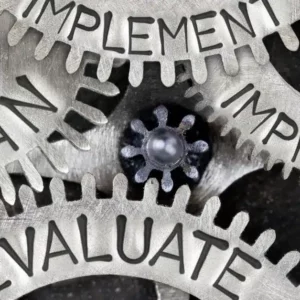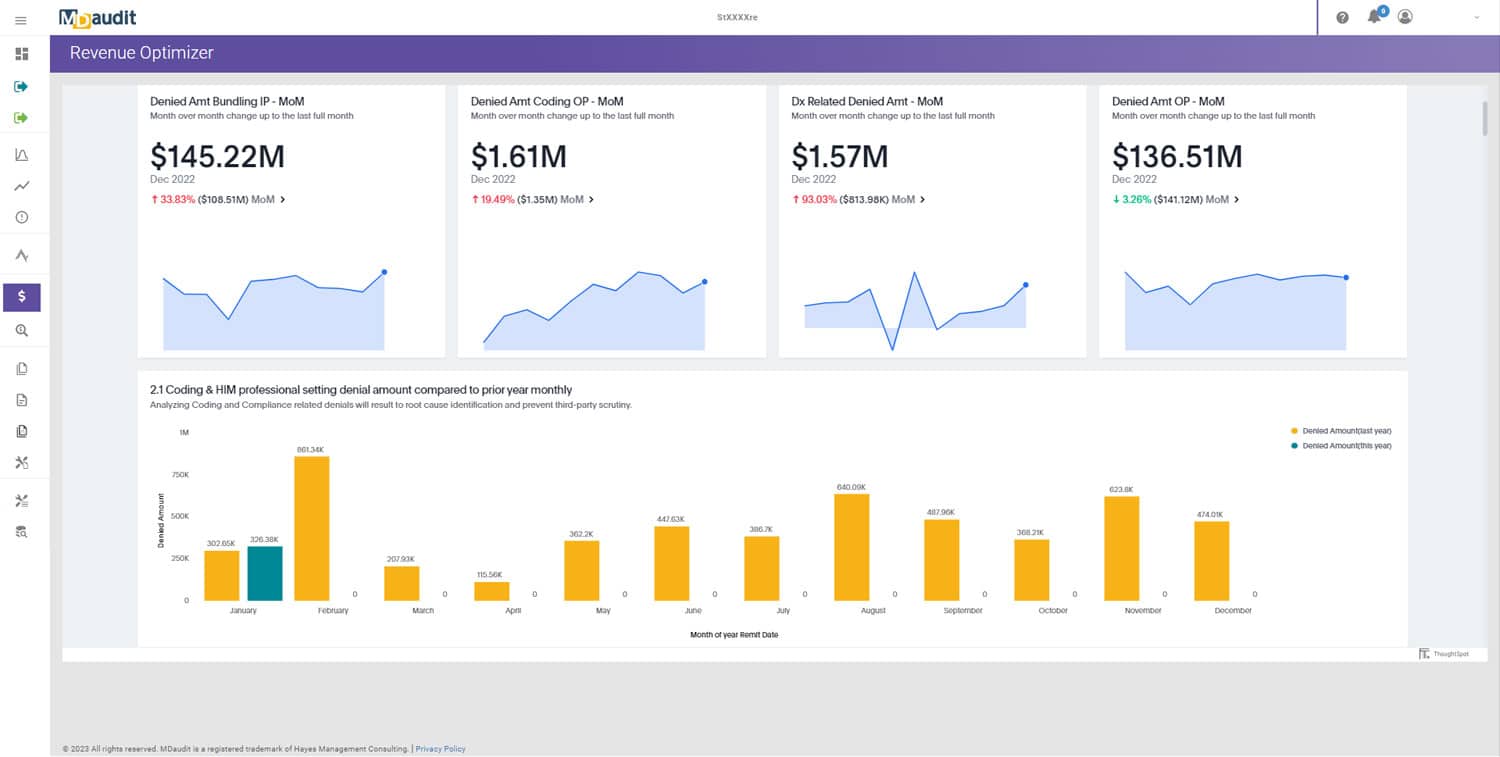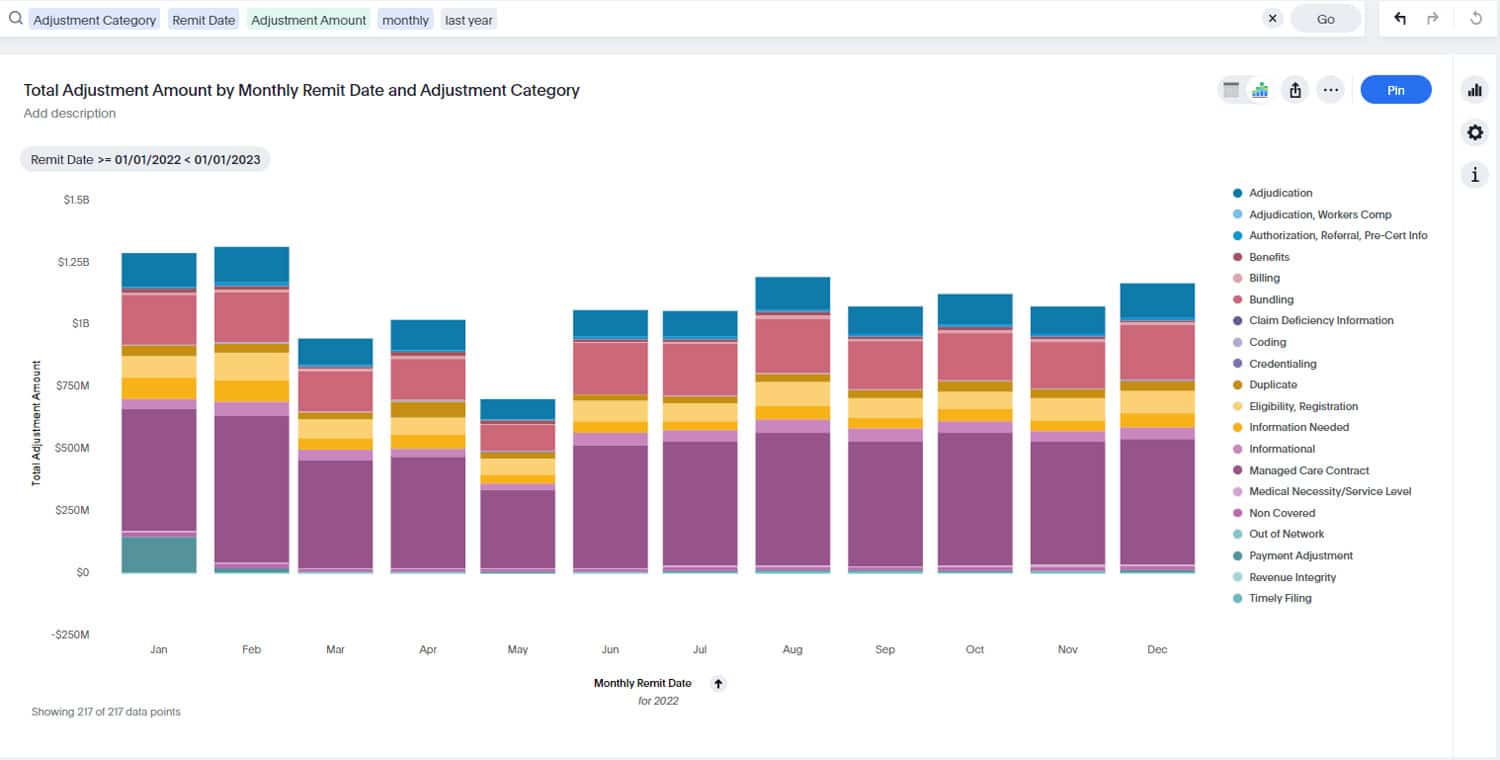The healthcare revenue cycle has become increasingly complex, driving many organizations to partner with vendors for portions of their billing operations. Third-party vendors can bring scale, speed, and specialization—but they also introduce new layers of compliance risk. When claims are being coded, billed, and followed up by an external partner, visibility into processes and data can easily diminish. The organization, however, still holds ultimate accountability for compliance outcomes.
In this environment, maintaining control over third-party billing relationships requires more than periodic vendor audits. It demands continuous oversight, shared transparency, and automated tools that ensure billing integrity without slowing down operations. That’s where platforms like Audit Workflows, Denial Risks, and AI-Powered Technology provide a compliance framework that strengthens collaboration while safeguarding accountability.
The Expanding Role of Third-Party Billing Vendors
Third-party billing vendors handle everything from charge entry and coding to claim submission and denial management. Many health systems rely on them to address staffing shortages or manage fluctuating volumes. However, as more tasks move outside the organization’s walls, compliance leaders face new challenges:
- How do you verify coding accuracy when data lives on a vendor’s system?
- How do you ensure timely audit responses?
- How do you confirm that vendor policies align with your compliance plan?
These questions underscore the central tension: delegating execution does not delegate accountability. The organization remains legally responsible for the accuracy of every billed claim, even when work is performed by a third party.
Common Compliance Risks with Vendor Billing
Data Fragmentation
When multiple vendors handle billing for different service lines or facilities, data becomes fragmented. Without centralized reporting, compliance teams struggle to see trends across vendors. This opacity makes it difficult to detect systemic errors or emerging risks.
Inconsistent Audit Standards
Each vendor may interpret audit protocols differently. One may over-document; another may under-verify. Without a standardized audit framework, organizations lose comparability and control.
Communication Gaps
Vendor workflows often operate on separate timelines. If compliance findings are not relayed promptly, the organization risks delayed corrections or missed payer deadlines.
Documentation Ownership
Vendor staff may rely on their own note templates or coding logic. If documentation supporting billed services is stored externally, responding to payer audits becomes time-consuming and fragmented.
Security and Privacy Concerns
Any external entity handling protected health information (PHI) must meet strict HIPAA standards. Even a minor breach or process failure can have regulatory and reputational consequences.
Building an Oversight Framework
To manage these risks effectively, compliance and revenue integrity leaders need a structured oversight model that combines transparency, automation, and accountability.
1. Establish Clear Governance
Define roles, responsibilities, and escalation pathways between your internal team and each vendor. Governance documents should specify who owns:
- Coding and documentation standards
- Audit review and approval
- Denial management workflows
- Reporting cadence and data access
Formal governance ensures expectations are unambiguous and defensible during payer or regulatory reviews.
2. Require Data Accessibility
Maintain real-time access to billing and audit data, even when hosted externally. Through Audit Workflows, organizations can integrate vendor-submitted claims into the same compliance environment used for internal audits. This eliminates blind spots and allows cross-vendor comparison.
3. Standardize Audit Criteria
Apply uniform audit templates, scoring methodologies, and corrective action processes across all vendors. Consistency ensures that compliance findings are comparable and can be analyzed for systemic patterns rather than isolated exceptions.
4. Monitor Performance with Analytics
Denial Risks enables data-driven performance tracking across all billing sources. By normalizing metrics such as denial rates, payer turnaround times, and audit outcomes, compliance teams can quickly identify outliers among vendors or facilities.
5. Implement Continuous Risk Scanning
Integrating AI-Powered Technology allows compliance leaders to detect anomalies automatically. Behavioral AI identifies shifts in claim patterns, denial spikes, or unusual coding behavior before they escalate. This proactive insight transforms compliance from a reactive task to a predictive discipline.
Operationalizing Oversight
Develop Vendor Scorecards
Like provider scorecards, vendor scorecards track performance indicators such as audit accuracy, denial rates, response timeliness, and corrective action completion. Consistent reporting fosters accountability and promotes constructive dialogue rather than reactive conflict.
Conduct Joint Audit Reviews
Schedule recurring sessions with vendor leaders to review audit trends, discuss findings, and align corrective actions. These meetings build transparency and demonstrate proactive compliance management to regulators and payers.
Align Incentives with Compliance Outcomes
Many organizations structure vendor contracts around financial metrics alone. Expanding those agreements to include compliance performance indicators—such as reduced denial rates or audit pass percentages—encourages shared responsibility for quality.
Maintain Independent Validation
Even with automation, internal compliance teams should periodically validate vendor-submitted claims through independent audits. This confirms data integrity and verifies that automation is functioning correctly.
Case Examples
Case 1: Reducing Fragmentation Across Vendors
A large multi-hospital system managed billing through three separate vendors. Each reported denials differently, obscuring root causes. By consolidating data into MDaudit’s audit platform, compliance teams established uniform audit standards and performance dashboards. Within six months, duplicate audits dropped by 30%, and cross-vendor denial variance narrowed by 22%.
Case 2: Improving Accountability Through AI Insights
A national physician group engaged a vendor for charge capture for outpatient visits. Using behavioral AI within MDaudit, compliance leaders detected an uptick in modifier-related denials tied to one vendor’s coding team. The vendor received targeted education, and future claims were automatically flagged before submission. Denial volume decreased by 35% in one quarter.
Case 3: Proactive Governance and Risk Mitigation
A regional hospital network introduced vendor scorecards aligned with contract incentives. Vendors achieving compliance accuracy above 95% received performance bonuses; those below the threshold triggered remediation plans. Over a year, compliance accuracy improved 18%, while total audit turnaround time fell by 40%.
Collaboration as a Compliance Strategy
Vendor relationships thrive on partnership, not policing. Shared visibility creates mutual confidence. When compliance tools provide both sides with real-time access to audit results, performance dashboards, and education tracking, trust replaces tension.
A mature compliance program treats vendors as extensions of the internal team. That means integrating them into compliance training sessions, policy updates, and risk reviews—ensuring that every participant in the revenue cycle understands both operational goals and compliance obligations.
Key Metrics to Monitor
To sustain accountability across vendor-managed billing operations, organizations should continuously track:
- Audit accuracy rate by vendor
- Denial rate trends by payer and vendor
- Time to resolution for compliance findings
- Percentage of repeat audit issues
- Vendor education completion and corrective action rates
- Alignment with payer compliance requirements
These metrics provide a balanced view of both compliance quality and operational efficiency.
The Future of Vendor Partnerships and Compliance
The next evolution of vendor partnership around billing compliance will rely on intelligent automation. Behavioral AI and predictive analytics will increasingly identify not only errors but the conditions that lead to them. As health systems consolidate and billing partnerships scale, automation will become essential to maintaining transparency without adding manual oversight burden.
The organizations that succeed will treat compliance not as an inspection function but as a shared operational discipline—where data, governance, and technology align to ensure every claim is clean before it leaves the door.
Conclusion
Vendors can strengthen financial performance, but they must not weaken compliance performance. The most effective organizations maintain in-house accountability through data integration, continuous oversight, and transparent collaboration with their vendor partners.
By leveraging Audit Workflows, Denial Risks, and AI-Powered Technology, healthcare leaders can unify vendor oversight, detect risk early, and preserve compliance integrity—no matter who submits the claim.









